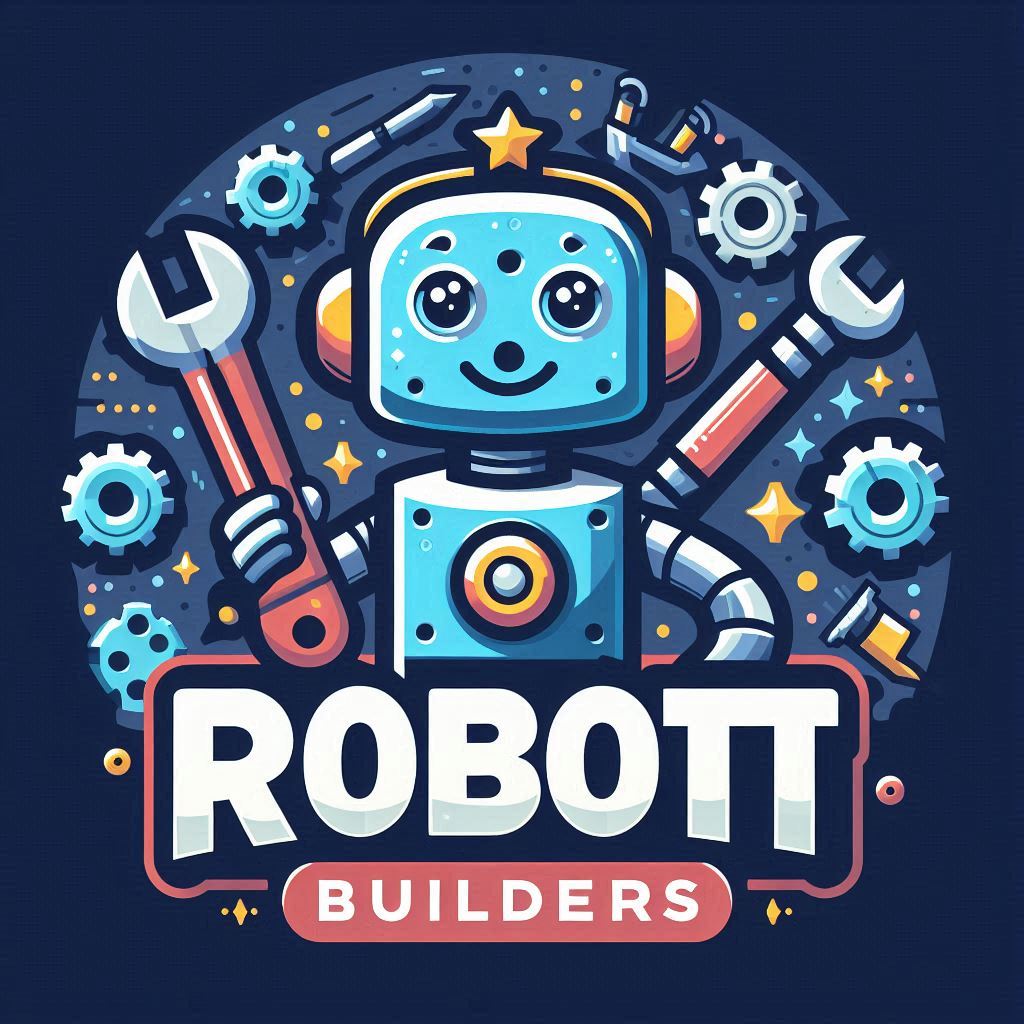In the world of robotics, open-source software has revolutionized how enthusiasts, students, and professionals create and program robots. With accessible tools, vast community support, and customizable solutions, open-source robotics software empowers innovation without the hefty price tag.
In this article, we’ll explore the top open-source software for robotics programming that you should know about.

Why Use Open-Source Software for Robotics?
Open-source software provides numerous advantages, including:
- Affordability: Most tools are free, saving you valuable resources.
- Flexibility: Customizable to meet specific project requirements.
- Community Support: Backed by active user communities offering tutorials, bug fixes, and enhancements.
Let’s dive into the best open-source options.
1. Robot Operating System (ROS)
Overview:
ROS is arguably the most popular open-source framework for robotics. It serves as a middleware that allows developers to design complex robotic systems with ease.
Key Features:
- Modular framework for easy integration of components.
- A vast library of pre-built packages for sensors, motion planning, and control.
- Extensive simulation tools (Gazebo integration).
Ideal For:
Beginners to advanced developers creating robots for real-world applications.
2. Gazebo
Overview:
Gazebo is a powerful simulation tool that works seamlessly with ROS to test and model robotic systems.
Key Features:
- Realistic physics engine for accurate simulations.
- Support for multiple robots and sensors.
- 3D environment visualization.
Ideal For:
Simulating robotic operations before deploying in real-world settings.
3. OpenCV (Open Source Computer Vision Library)
Overview:
OpenCV is a computer vision library that enables robots to process and interpret visual data.
Key Features:
- Tools for image processing, object detection, and facial recognition.
- Compatibility with Python, C++, and Java.
- Real-time performance for advanced vision applications.
Ideal For:
Building robots that rely on visual data for navigation or tasks like object recognition.
4. Arduino IDE
Overview:
Arduino IDE is a popular open-source software for programming Arduino boards and microcontrollers, which form the backbone of many robots.
Key Features:
- User-friendly interface for coding and debugging.
- Compatible with a wide range of microcontroller boards.
- Extensive community tutorials and open-source libraries.
Ideal For:
Developers of all levels creating hardware-based robotic systems.
5. PyRobot
Overview:
PyRobot is an open-source Python library developed by Facebook to make robotics programming more accessible.
Key Features:
- Easy-to-use interface for quick prototyping.
- Supports both hardware and simulated robots.
- Ideal for academic and hobbyist projects.
Ideal For:
Python developers looking for rapid prototyping tools.
6. CoppeliaSim (formerly V-REP)
Overview:
CoppeliaSim is a versatile robotics simulator designed for education, prototyping, and research.
Key Features:
- Highly modular for flexibility in design.
- Supports a wide array of robot models.
- Real-time simulation capabilities.
Ideal For:
Robotics researchers and educators.
7. MoveIt!
Overview:
MoveIt! is an open-source motion planning framework integrated with ROS.
Key Features:
- Advanced motion planning algorithms.
- Real-time 3D visualization for path planning.
- Easy integration with robotic arms.
Ideal For:
Developers working on robotic arms and industrial robots.
Conclusion
Open-source software has opened new doors for robotics programming, offering accessible and robust solutions to a global audience. Whether you’re a beginner exploring robotics for the first time or an expert developing complex systems, these tools provide the flexibility and power you need to succeed.
